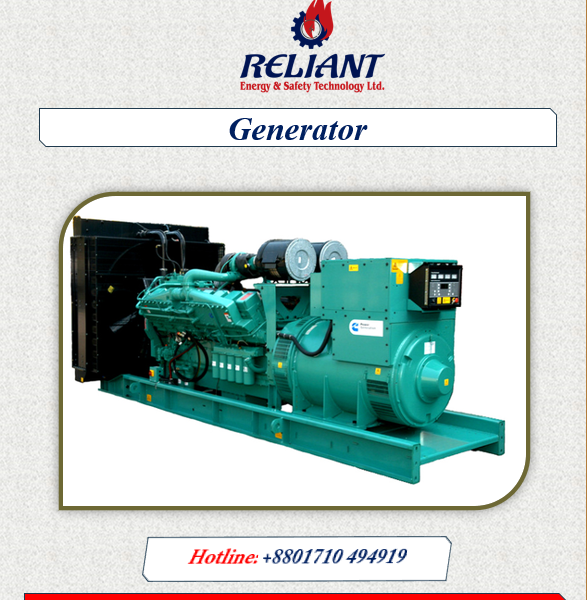An electrical transformer is a crucial device in the field of electrical engineering that plays a fundamental role in the generation, transmission, and distribution of electrical energy. It serves as a cornerstone in the efficient and safe transfer of power between different voltage levels, enabling the optimization of electricity transmission over long distances.
The primary function of a transformer is to change the voltage level of alternating current (AC) electricity while maintaining the frequency of the input power. It consists of two coils, known as the primary and secondary coils, wound around a shared magnetic core. The primary coil is connected to the power source, while the secondary coil is connected to the load or the device that requires the transformed voltage.
The operation of a transformer is based on electromagnetic induction. When AC voltage is applied to the primary coil, it creates an alternating magnetic field around the core. This magnetic field induces a voltage in the secondary coil according to Faraday’s law of electromagnetic induction. The ratio of the number of turns in the primary coil to the number of turns in the secondary coil determines the voltage transformation ratio.
Transformers are designed to step up or step down the voltage level, depending on the application. Step-up transformers increase the voltage from the primary to the secondary coil, making them vital in electricity transmission from power plants to substations. Step-down transformers, on the other hand, decrease the voltage, making it safer and more suitable for consumer use.
Key advantages of transformers include their high efficiency, minimal maintenance requirements, and relatively simple construction. They are integral components of power grids, ensuring the efficient distribution of electricity across various regions. Transformers also contribute to voltage regulation and power quality improvement, allowing for the consistent supply of electricity.
In conclusion, electrical transformers are indispensable devices in modern electrical systems. They facilitate the efficient and safe transmission and distribution of electrical energy, enabling us to benefit from electricity in our everyday lives. Their ability to transform voltage levels while preserving the frequency of AC power makes them a cornerstone of the electric power industry.










Reviews
There are no reviews yet.